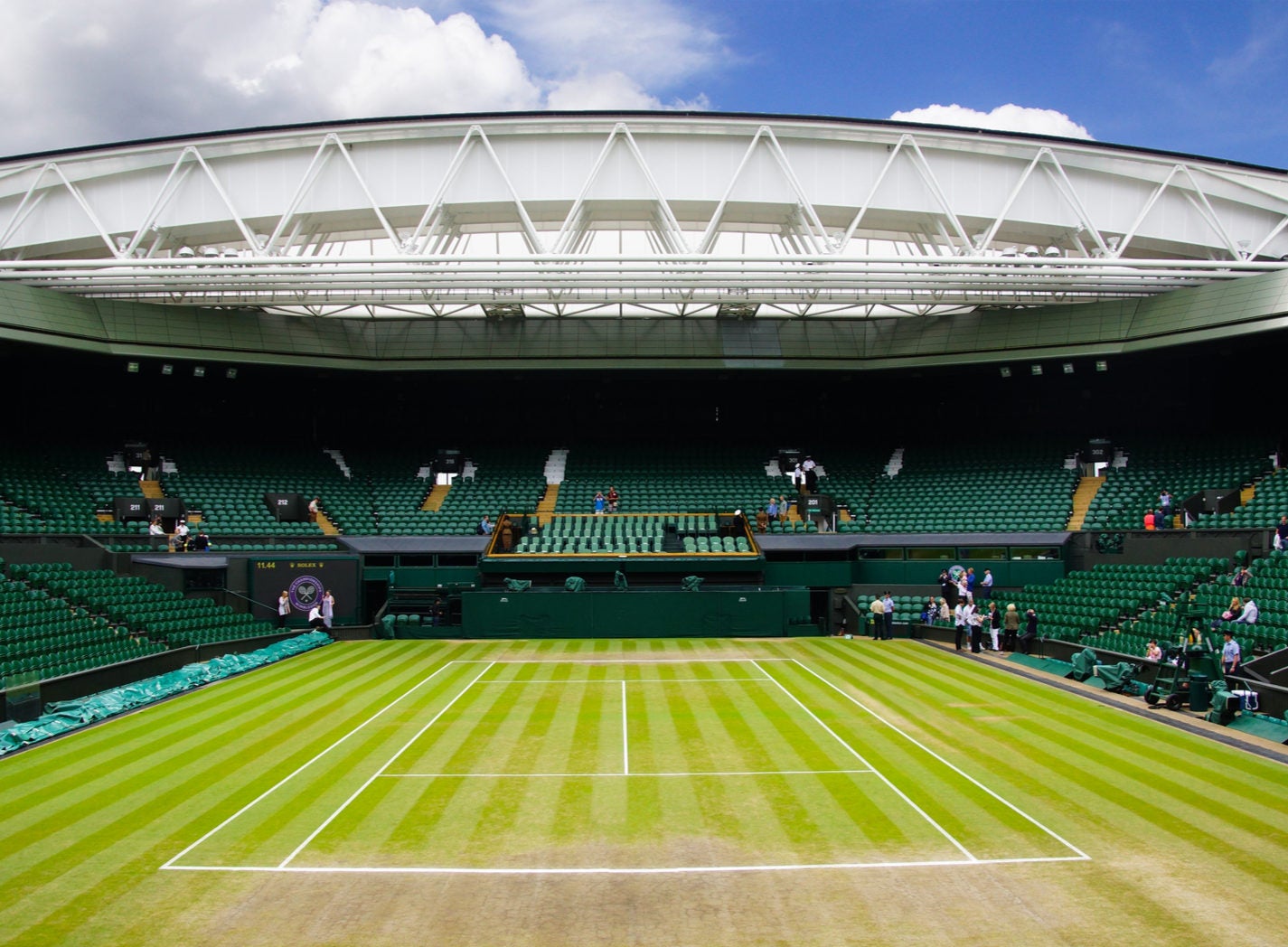
Data science and analytics company Alteryx have utilised the power of predictive analytics to crown the Wimbledon 2019 men’s singles champion weeks before the final.
The company made use of over 100 years of historic match data provided by data science company Kaggle in order to build the predictive model.

Access deeper industry intelligence
Experience unmatched clarity with a single platform that combines unique data, AI, and human expertise.
The model suggested that Roger Federer will add another title to his haul, taking his Grand Slam tally to 21 and putting his five Grand Slam titles ahead of rival Rafael Nadal.
Currently world number one Novak Djokovic is likely to be his opponent on Centre Court.
“By building advantage predictive models to garner complex insights we can test the output against past similarly ranked Wimbledon winners to test the accuracy of our predictions,” Alan Jacobson, Chief Data and Analytics Officer at Alteryx, explained. “Finally, by running the model against the entrants for Wimbledon 2019, we can predict who has the best chance of being crowned the champion of Centre Court.”
Wimbledon is currently taking place at the All England Lawn Tennis Club in Wimbledon, London. The Wimbledon 2019 men’s singles final will be played on Sunday, 14 July.

US Tariffs are shifting - will you react or anticipate?
Don’t let policy changes catch you off guard. Stay proactive with real-time data and expert analysis.
By GlobalDataAlteryx model finds Federer’s toughest challenger
Alteryx’s predictive model was also able to determine what the ideal men’s tennis player might look like.
Looking at variables such as age, height, weight, and hand dominance, and how often those with particular attributes won their match, the system predicted that the ideal player would be aged 26, weigh 80kg and stand at a height of 6ft 1. Likewise, they would play predominantly with their right-hand, but with a two-handed backhand.
While success cannot be put down to these attributes alone (Roger Federer is approaching 38 years of age), the model found that some attributes provided more of an advantage that others. In matches between similarly ranked players, for example, the winner is often the player with a height advantage.
“Data is changing the way sports are played”
You probably don’t need predictive analytics to tell you that Roger Federer and Novak Djokovic are likely to contest the final. One of the two has made it to the final in seven of the last 10 Wimbledon tournaments.
However, the research does show the level of insight that data analytics can provide athletes, and how that data can be turned into a match-winning advantage, according to Jacobson.
“Whether you need to serve up big data sets or perform complex analytical predictions to ace the next match, data is changing the way sports are played.
“The ability to exploit match and individual performance data in new ways are helping to determine realistic predictions to gain the winning edge.”
Aside from making predictions about tournament winners, predictive analytics can be used to identify injury triggers or tailor training regimes, for example.
Leatherhead Football Club recently partnered with IBM to turn match data into actionable data for coaches and players to act upon.






